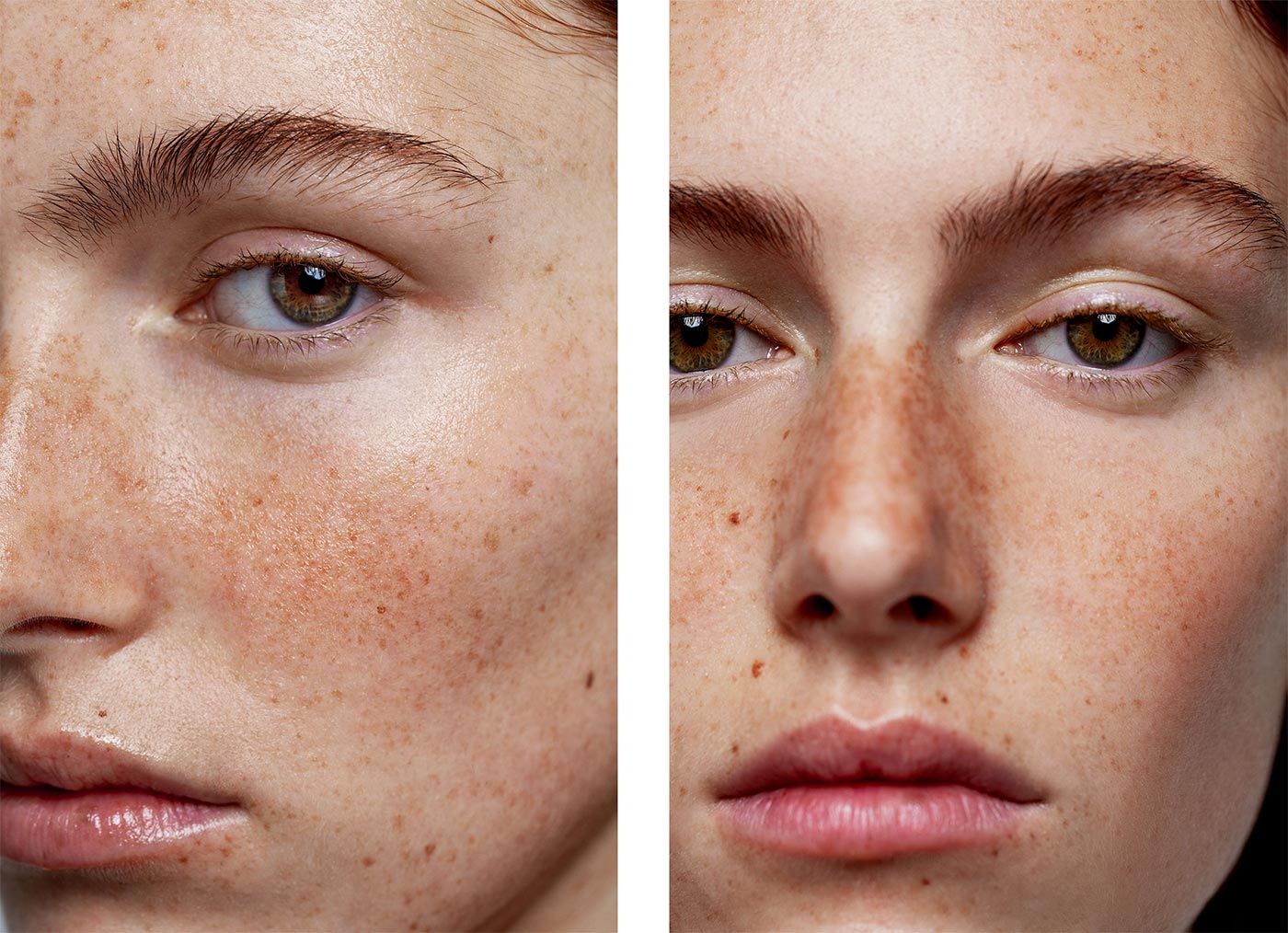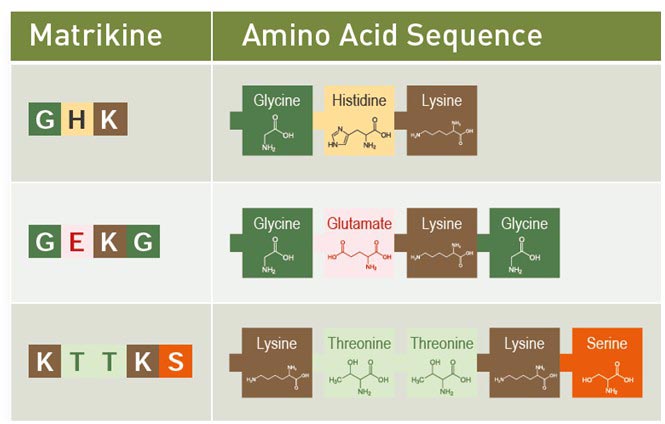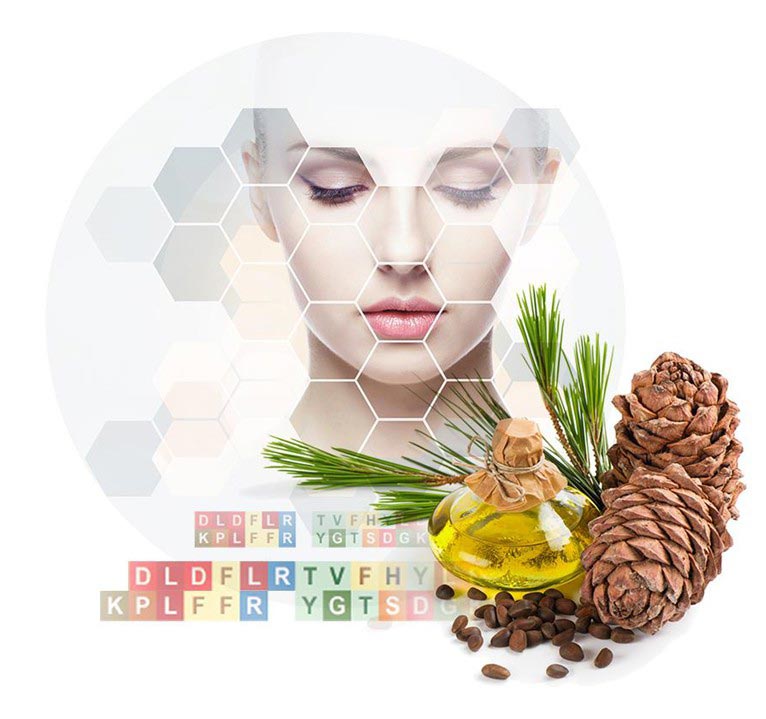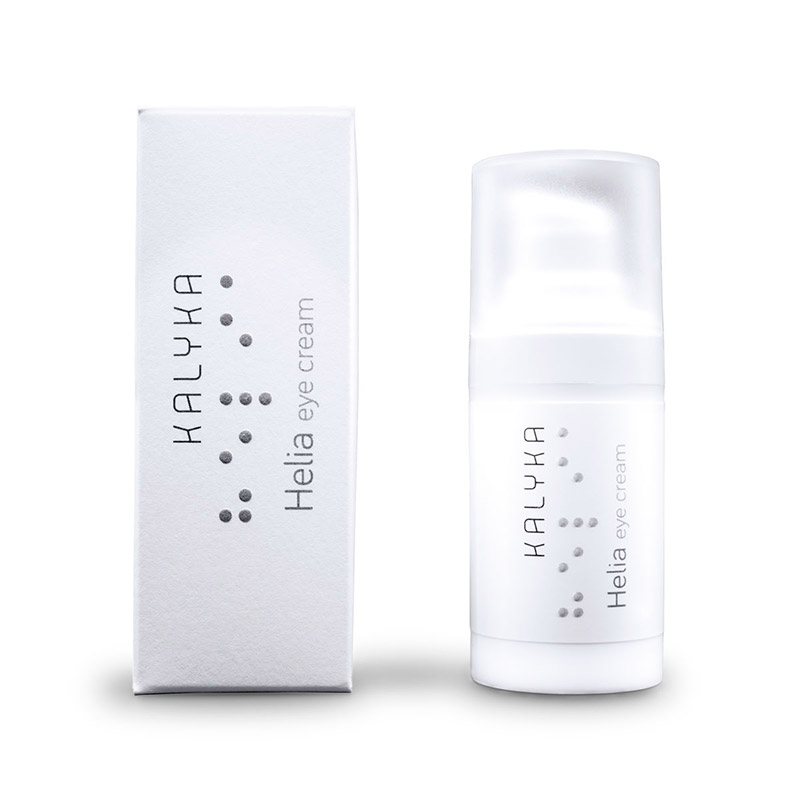In April 2023, we had the great pleasure of presenting you with a new product, which is the result of study and the excellent work of an amazing team. It is the Helia eye cream. It’s individual ingredients and specific philosophy we are going to analyze below.
Skin proteins
For our skin, a large class of compounds called proteins plays a very important role. We will keep in mind three pieces of information (1) which concern our cosmetic care:
- Our skin uses two very important protein compounds as structural components: Collagen and elastin. They are found in the dermis, that is, under the epidermis. (A third structural component is hyaluronic acid, which is not a protein.)
- Unlike many other corresponding functions that occur in our body during which there are regeneration mechanisms, (i.e. the body replaces old components with newer ones) collagen and elastin are compounds that will not regenerate. It means that …it is what it is.
- Chemically, a protein is a large molecule that consists of many smaller parts called peptides – another word that we hear quite often in cosmetology.
These pieces of information are very important initially to understand why our skin forms wrinkles. As we saw above, collagen and elastin are two large molecules. Mainly due to environmental factors, these compounds are “injured” in places and slowly degenerate (let us emphasize once again here that UV radiation – and not our age – is the most important factor in skin aging). Since these compounds will not regenerate, they remain as they are, with a “damaged” structure. This results the insuficient support of skin surface, the epidermis. Thus, the skin slowly loses its own structure, becomes less firm and wrinkles are forming on the surface.

Matrikines
What is the good news? There are specific types of peptides (i.e. protein parts) that have the ability to stimulate our body to repair/regenerate collagen and elastin on its own. This fact is supported by several clinical studies (2, 3). This peptide category is called matrikines and we know their structure very well (1). Matrikines that are used in cosmetology are synthesized exclusively in the laboratory.
Matrikines correct the basic structural components of the skin and practically reverse the mechanism of wrinkle formation. The more well-known materials collagen and elastin, act on already existing wrinkles. For this reason, matrikines are a powerful active anti-aging ingredient.
With regular use (1), fine lines are reduced and wrinkles are much smoother. In addition, skin appears more elastic and hydrated.

PhytoCodine®
Let’s assume that it’s possible to have a material with the same effect as matrikines but it is 100% plant-based; how would you like that? And yet, it exists!
Lipoid Kosmetik is a pioneer producer of innovative cosmetology materials, which derive from nature (botanicals) and are obtained with strict environmental practices. In 2020, the company developed PhytoCodine® (4) which was awarded the same year at the BSB cosmetics innovation award.
PhytoCodine® is the world’s first concentrate of plant-derived, natural matrikine-like peptides.
Why is this? We will list some key points that piqued our interest (5).
- There are three characteristic and effective matrikines used in cosmetology, for which we know their structure very well. You can see it in the image above.
- Researchers at Lipoid Kosmetik noticed that these peptides are found in the plant proteins of the fruit of a specific variety of cedar found in Siberia. The criteria for the selection of the plant were very strict, the most important of which was that the proteins of this particular plant had these three peptides in their structure in large quantities.
- The peptides were isolated from the plant through laboratory processing. In order to make them even more effective, they were enclosed in a lipophilic system. This is because our skin is also lipophilic, so peptides need a vehicle to transport them through this environment towards the deeper layers of the skin.
- These peptides activate specific biochemical pathways that lead to the processing of collagen and elastin.
- In order to demonstrate the effect of this material in practice, a clinical study was conducted on volunteers, in which they compared the effectiveness of PhytoCodine® with an known active ingredient consisting of synthetic matrikines and already used in commercial cosmetics. The results showed that after systematic application, the skin looks noticeably improved. That is, with fortified elasticity, soft texture and fewer wrinkles.

We are delighted to have included this ingredient in the formula of the new Helia eye cream. PhytoCodine® is ECOCEPT and COSMOS APPROVED (6) certified. Both of them signify that during the production process, very specific and strict environmental and economic conditions are met (sustainability) and that the product meets the criteria of the “natural” category.

In order to make Helia eye cream even more individual, we combined this ingredient with a generous amount of ceramides, triglycerides and phospholipids which also derive from a plant: Our well-known heliotropium! These materials mimic the structure of the extracellular matrix. That is, they resemble the outer surface of our skin and thus they form a natural protective “barrier”.
Helia eye cream formation was a huge bet for us. The next bet is to make you love her as much as we do!
References:
(1) Matrikines as mediators of tissue remodelling Advanced Drug Delivery Reviews 185 (2022) 114240.
(2) Cosmeceuticals and peptides, Clin. Dermatol. 27 (2009) 485.
(3) The Anti-Wrinkle Efficacy of Argireline, a Synthetic Hexapeptide, Chinese Subjects A Randomized, Placebo-Controlled Study, Am. J. Clin. Dermatol. 14 (2013) 147.
(5) PhytoCodine® Natural Messenger Peptides to Reprogram Skin Structure – Lipoid Kosmetik power point presentation.
(6) COSMOS certification (organic or natural cosmetics) | Ecocert
